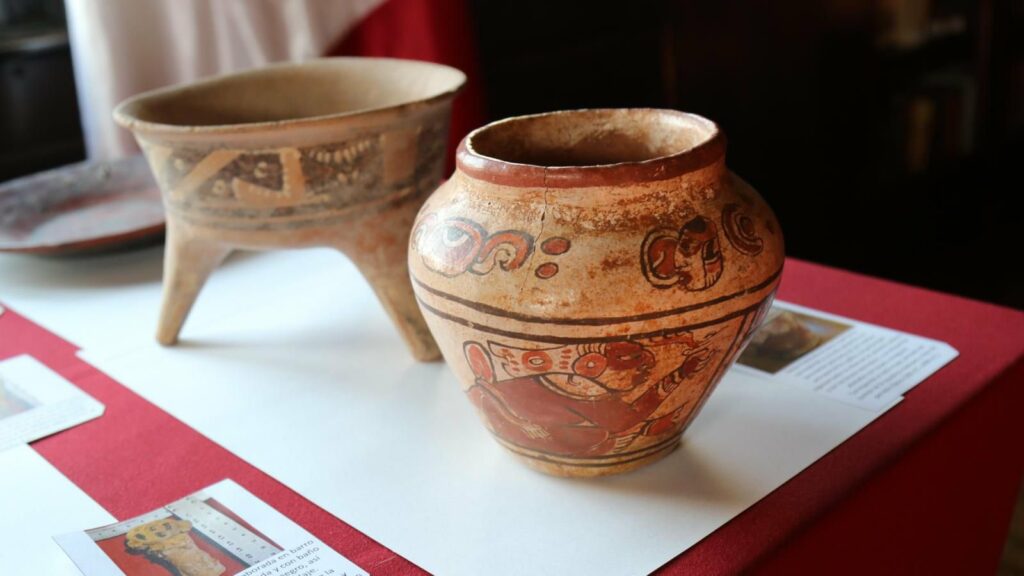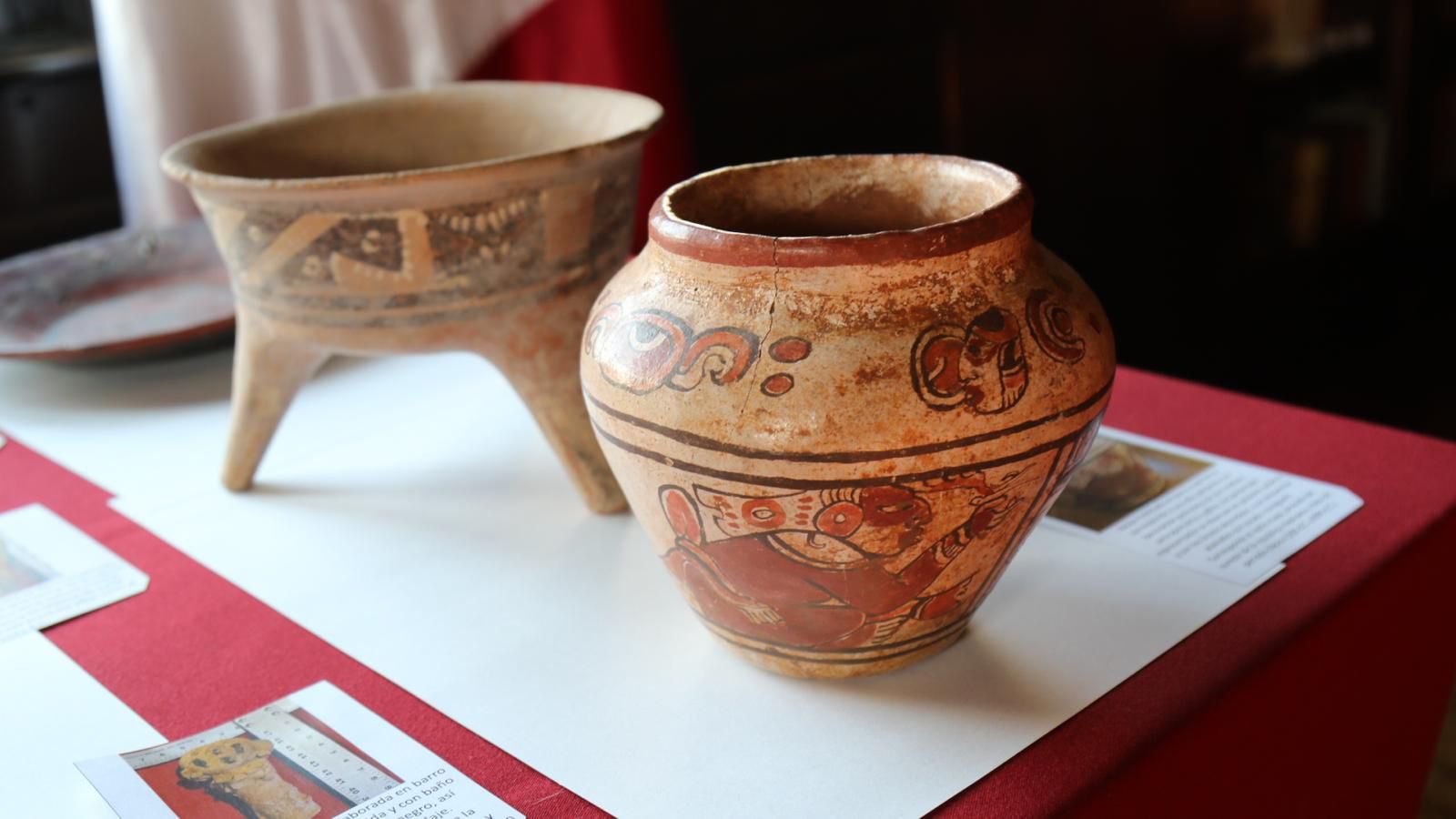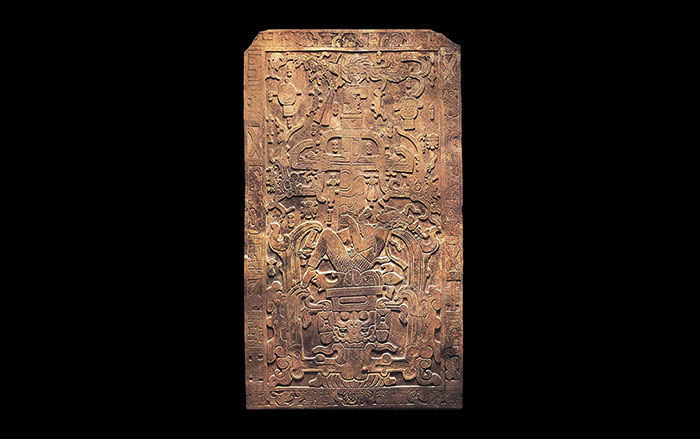
WASHINGTON, D.C.—According to a National Public Radio report, a woman who purchased a ceramic vase at a Maryland thrift store about five years ago repatriated it to Mexico in a ceremony in Washington, D.C. Anne Lee Dozier thought the Maya vase was a reproduction when she spotted it on a clearance shelf at the store. “I could see that it had some kind of link to Mexico, in terms of what it looked like, and since it’s a country that I work on and it’s really important to me, I thought it would be just a nice little thing to take home and put on the shelf to remind me of Mexico,” Dozier said. But while on a trip to the National Museum of Anthropology in Mexico City earlier this year, she realized that her vase was strikingly similar to the Maya artifacts on display. She asked a museum official for advice, and was directed to provide photos of the vase and its dimensions to the researchers at Mexico’s National Institute of Anthropology and History. When she learned that the vase is estimated to have been made between A.D. 200 and 800, Dozier was happy to return it to Mexico. “I am thrilled to have played a part in its repatriation story,” she said. For more on the Maya, go to "Jungle Realm of the Snake Queens."











